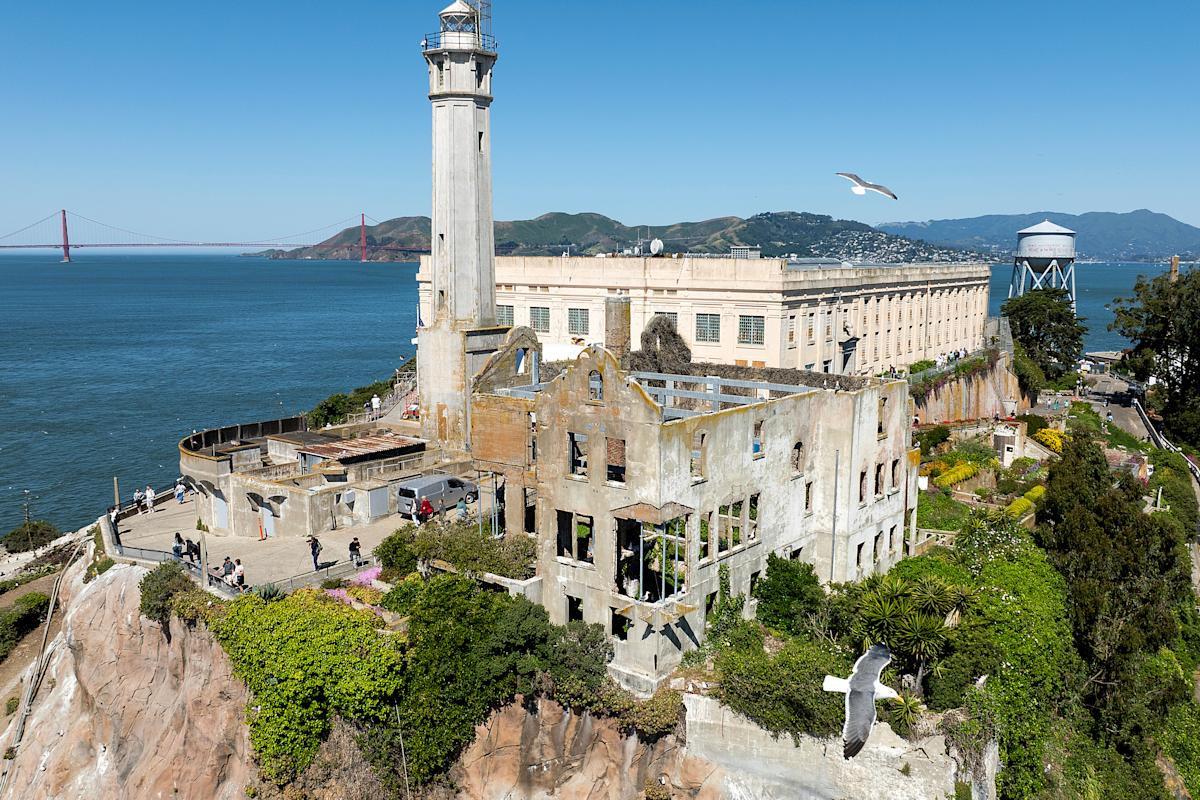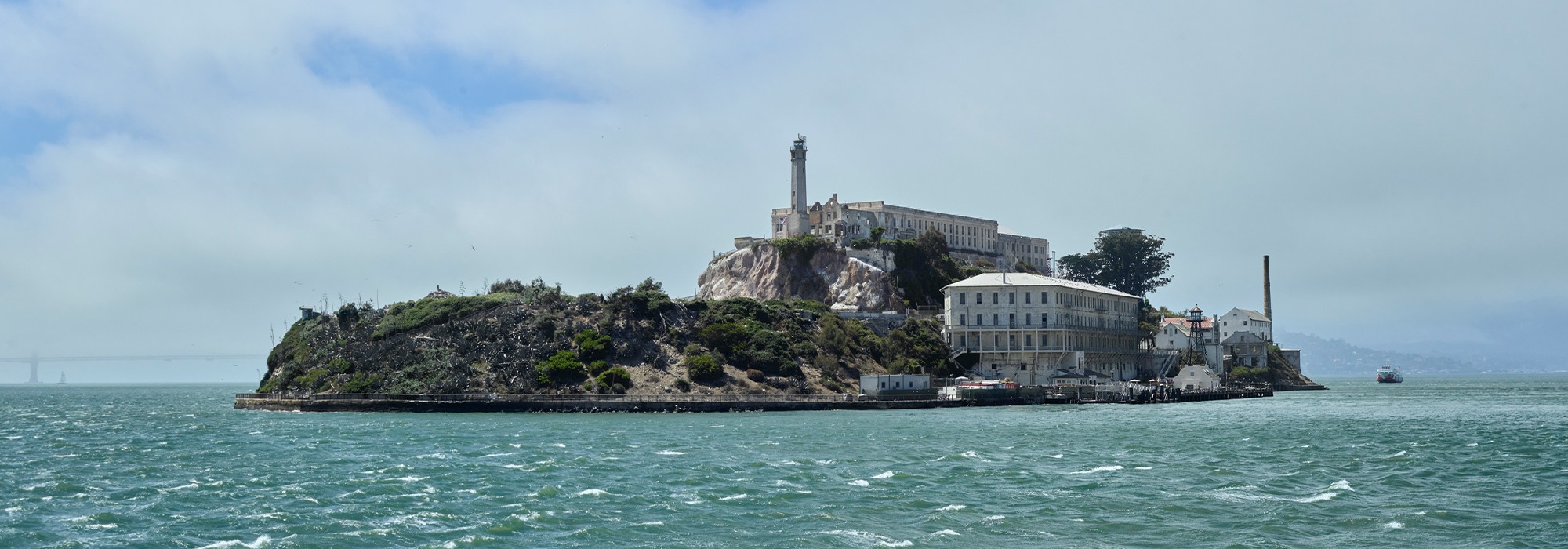 Trump’s proposal to reopen Alcatraz raises significant questions about practicality, cost, and the island’s future. On May 4th, President Donald Trump made headlines again when he said he would order the government to rebuild and reopen Alcatraz, a former prison on a small island in San Francisco. The former jail once housed notorious criminals, including Al Capone, George “Machine Gun” Kelly, and James “Whitey” Bulger, as CNN reports. After over 60 years of abandonment as a penal institution, Trump’s proposal to reconstruct Alcatraz has sparked debate in circles. Could America see Alcatraz return to active use?
Trump’s proposal to reopen Alcatraz raises significant questions about practicality, cost, and the island’s future. On May 4th, President Donald Trump made headlines again when he said he would order the government to rebuild and reopen Alcatraz, a former prison on a small island in San Francisco. The former jail once housed notorious criminals, including Al Capone, George “Machine Gun” Kelly, and James “Whitey” Bulger, as CNN reports. After over 60 years of abandonment as a penal institution, Trump’s proposal to reconstruct Alcatraz has sparked debate in circles. Could America see Alcatraz return to active use?
Initially developed as a military fortress in the 1850s, the island was later converted into a military prison in 1907. It eventually became a federal prison in 1934, housing around 260 inmates. Its isolation and cold, dangerous waters made it nearly escape-proof. The prison quickly gained recognition for being tough and secure. Alcatraz was later closed in 1963, after 29 years of operation, due to high operational costs and deteriorating infrastructure. Since then, it has become a major tourist attraction managed by the National Park Service, drawing in over a million visitors annually.
 Trump stated that Alcatraz symbolized law, order, and justice. He goes on to make an extended statement on X defending his reasons for reopening the prison, including things such as “America being plagued with violent criminals”, keeping them far away from everyone so they won’t pose a threat, “no longer being held hostage to people who are afraid to remove criminals”, etc. He has directed the Bureau of Prisons, together with the Department of Homeland Security, to reopen and rebuild Alcatraz to hold America’s most ruthless and violent offenders.
Trump stated that Alcatraz symbolized law, order, and justice. He goes on to make an extended statement on X defending his reasons for reopening the prison, including things such as “America being plagued with violent criminals”, keeping them far away from everyone so they won’t pose a threat, “no longer being held hostage to people who are afraid to remove criminals”, etc. He has directed the Bureau of Prisons, together with the Department of Homeland Security, to reopen and rebuild Alcatraz to hold America’s most ruthless and violent offenders.
People were quick to react to the news. NPR wrote that the University of Washington’s Berger says it would cost tens of millions of dollars to rebuild and bring Alcatraz back to federal prison standards, let alone expand it. Part of the reason for the closure was its high cost of upkeep. The infrastructure was crumbling, and the sewage was no better either; it all led to the bay. Today, although the prison functions as a historic site and tourist destination, it continues to show signs of deterioration. The National Park Service conducts regular repairs, but experts note that the underlying structure remains fragile. Rebuilding it for incarceration in the 21st century would likely involve demolition and rebuilding large portions, raising serious logistical, environmental, and ethical questions, not to mention the significant investment required to make these changes, which will most likely double over time if the facility constantly needs repair.
Reopening Alcatraz also raises ethical concerns. The prison’s history of extreme isolation and harsh conditions could conflict with modern standards for humane treatment and rehabilitation. Critics argue that the U.S. should move away from punitive models and toward more rehabilitative approaches. Environmental advocates might also push back on reopening Alcatraz, given its location within a protected marine ecosystem. Any construction or long-term use as a prison could disrupt marine life and pose significant challenges to water quality management.
While Alcatraz’s legacy as a symbol of law and order is undeniable, the financial and environmental hurdles in transforming it into a fully functional prison are significant. The crumbling infrastructure, the immense restoration cost, and the ethical concerns surrounding the use of such a historic site make this proposal complicated. As debates about crime, punishment, and the use of federal resources continue to heat up, the fate of Alcatraz remains uncertain. Whether the government moves forward with Trump’s vision or seeks alternative solutions, one thing is clear: Alcatraz’s role in American history is far from over.








